Watch the Tape: Tennessee Volunteers
For the second time in a row, the Tennessee Volunteers put the clamps on the Kentucky Wildcats defensively. After giving up 107 points in the first meeting at Rupp Arena, the Volunteers have flexed their Top 5 defensive muscles on the ‘Cats to win the season series two games to one. Now, Kentucky has until Thursday to regroup and prepare to put their best product on the floor. It is win or go home from here on out.
Shooting 34.4% from the field, including a 2-20 mark from beyond the arc, will generally get you beat regardless of who you play. The Wildcats were slightly better from three, but even worse from two-point range, a month ago in Knoxville. For much of the season Coach Calipari has been able to lean on a Top 5 offense that could simply outscore opponents when necessary. However, over the last few weeks, things haven’t come as easily on that end of the floor.
The short period of time between the SEC Tournament and the NCAA Tournament isn’t built for sweeping changes. While a famous Coach Cal “tweak” could be in the works, there isn’t time to really change much of anything. Large scale changes aren’t necessary either. Kentucky is still 26-7 on the season. They have lost almost exclusively to some of the other best teams in college basketball. Despite another frustrating, and at times ugly, loss to the Tennessee Volunteers, this is still a Kentucky team that can compete for a Final Four.
These next few days will bring a lot of film study as the coaching staff prepares for the NCAA Tournament. Looking back at the good, the bad, and the ugly from the season as a whole will help to frame game plans against new opponents. We will begin by stepping into the KSR Film Room to take a look back at Saturday’s SEC Tournament semifinal loss to the Tennessee Volunteers.
Poor Ball Movement & Lack of Spacing in the Half-court
Kentucky is still at their best when playing fast and scoring in transition. That was true on Saturday as well in the couple good stretches of offense. However, in the half-court, the Wildcats are starting to get bogged down by poor ball movement and a lack of spacing. That should not be the case for a team as skilled as this one. Especially after a full season of watching efficient offense it is frustrating to see these bad habits in March. This time of year the old adage “less is more” can go a long way. Dialing up a bunch of set plays or changing the base offense won’t do anyone any good at this point. However, there are a few “rules” that could be put into place that would help the flow of Kentucky’s offense.
Every good Kentucky possession should feature at least one of the following three points. One, a high ballscreen for Sahvir Wheeler or TyTy Washington. Two, a post feed to Oscar Tshiebwe. Three, changing sides of the floor and a paint touch on a drive. Any shot that occurs outside of transition without one of those three actions is almost assuredly going to be a bad shot. Let’s take a look at the film.
In order to set an expectation, this first clip is what a really good possession looks like. Kentucky starts with a high ballscreen for Sahvir Wheeler, the ball gets into the paint to Oscar Tshiebwe, and then changes sides of the floor to TyTy Washington. The freshman guard is able to attack a closeout and makes a floater. This is a called play Coach Calipari. The ‘Cats know that the Tennessee Volunteers are going to hard hedge the ballscreen so Wheeler quickly moves it ahead so they can hit Tshiebwe on the roll. Excellent possession.
The last clip was great, but this one is not good. This is what Kentucky’s offense looks like when the ball doesn’t change side of the floor. Especially against an elite defensive team like the Tennessee Volunteers it is really hard to get into the paint if you never change sides of the floor. You have to shift the defense to create driving lanes. For an entire 28 second possession that results in a blocked shot the ball never got passed the right lane lane extended. Sahvir Wheeler needs to take ownership of making sure the ball plays on both sides of the floor.
Every single player on Kentucky’s team needs to make it a bigger priority to throw the ball to Oscar Tshiebwe. When he has his man sealed in the post he absolutely has to receive the ball. Now, some of that is on Tshiebwe himself. He has to continue to get better at ducking in and then demanding the basketball. When he doesn’t get it when he asks for it he needs to make sure his teammates hear about it. In this clip, Kellan Grady doesn’t throw it into the post despite Tshiebwe having a foot in the paint with his defender on his back. The worst case scenario here is that Tennessee is whistle for a foul on the post entry. Most likely, it will result in two points. Throw it inside more!
Feed the Post to Oscar Tshiebwe
Kentucky has the likely National Player of the Year. However, the Wildcats don’t always act like it. Despite putting up great numbers all season long, Tshiebwe still doesn’t get fed the ball in the post all that often. As we’ve already said, some of that is on Tshiebwe himself. He still isn’t super comfortable with his back to the basket and that keeps him from really demanding the ball when he needs it. There are still too many times when he is in great position but doesn’t get the ball. Let’s take a look at both the good and the bad of Tshiebwe in the post against the Volunteers.
Unsurprisingly, Sahvir Wheeler probably does the best job of finding Oscar Tshiebwe inside. The ‘Cats point guard actually looks for him and will throw it to him when he is open. This is a great duck-in at the front of the rim by Tshiebwe and a great feed by Wheeler. This simply needs to happen more often throughout the game.
Kentucky has consistently run plays for the ball to go inside from sideline out-of-bounds. Compared to the clips in the first segment this is excellent floor spacing and the possession began with a ball reversal. Tshiebwe ducks-in, TyTy Washington feeds the post, and the big man gets fouled. Good things generally happen when the ball goes inside.
Here is an example of the right idea but poor execution. A major point of today’s watch the tape is feeding the ball to Oscar Tshiebwe more. Therefore, bashing Keion Brooks for trying to feed the post would seem counterproductive. However, it is really hard to feed the post from the top of the key unless the duck-in happens at the front of the rim. Brooks needs to let Kellan Grady fill up to the wing and then have him throw it in the post. This angle just won’t get it done on the pass. Frustrating turnover.
Jacob Toppin has as high of a ceiling of anyone on this team. However, he still has a long way to go in terms of his development. We see flashes from time to time, but the overall product is still very raw. When playing through the trail spot he just isn’t comfortable enough with the ball to make the necessary plays. Oscar Tshiebwe has his man sealed with two feet in the paint at the front of the rim on the ball reversal. Toppin HAS to be able to whip this ball inside. Instead, he looks Tshiebwe off and turns it over on the wing. The Wildcats had just worked hard to cut it to eight, but Kennedy Chandler got back-to-back buckets to get the Tennessee Volunteers back up 12. That sequence was a back-breaker.
Poor Shot Selection
Sometimes basketball really is a make or miss game. It sounds like an oversimplification, but sometimes the shots just aren’t falling. After breaking the game down on film it is true that Kentucky got several good looks that simply did not go in. However, there still were some poor decisions and bad shots taken throughout the game. On offense you have to always be thinking about what you are trying to get out of the possession. Different lineups bring different goals. Sometimes you know you want to feed the post while others you are looking to drive and kick. What you generally are not ever looking for are contested jump shots away from the rim.
Any jump shot that is taken before anyone gets a paint touch is almost automatically a bad shot. That is especially true when it is a Sahvir Wheeler jump shot with 15 seconds still on the shot clock. This is where you have to ask yourself, “what are we trying to get here?” That is a shot to take with three seconds on the shot clock, not 15 seconds.
This was just an all-around bad offensive possession. Kentucky starts with their floppy action but has Sahvir Wheeler coming off for some reason with Davion Mintz handling the ball. That should be flipped unless you are look to get into a side ballscreen or you want to set one downhill. After Wheeler gets a catch on the wing he doesn’t really look to feed the post and calls for a Horns alignment. Then, after coming off the middle ballscreen, he takes a contest jumper. The shot clock was under 10, but there was still time to move the ball. To put it bluntly, Wheeler should not be shooting jump shots.
Unfortunately, all three of these clips feature Sahvir Wheeler as the culprit of bad shot selection against the Tennessee Volunteers. This isn’t intended to pile on the Wildcats star point guard because he brings plenty to the table. However, he has struggled with poor shot selection at times all season long. When you are down 12 with 7:32 to play you need every possession to be great. A left-handed contested runner while moving to your right hand side is not a good shot at any point in the game but especially not in a situation where you need to be nearly perfect. Change sides of the floor, feed the post, and THEN maybe take a shot like this. When it gets taken with 23 seconds on the shot clock it is essentially a turnover.
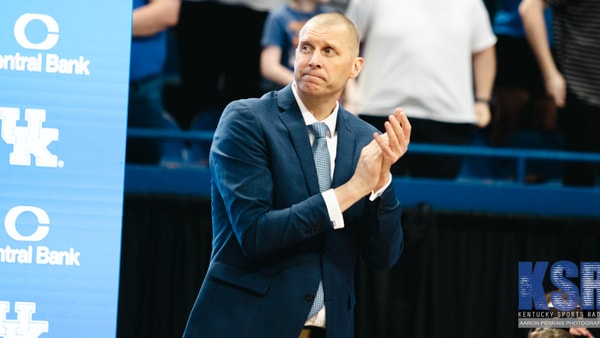


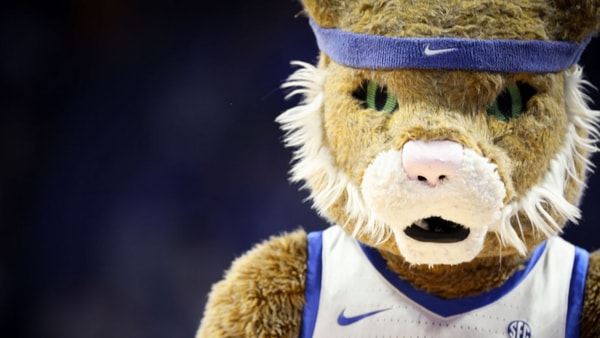

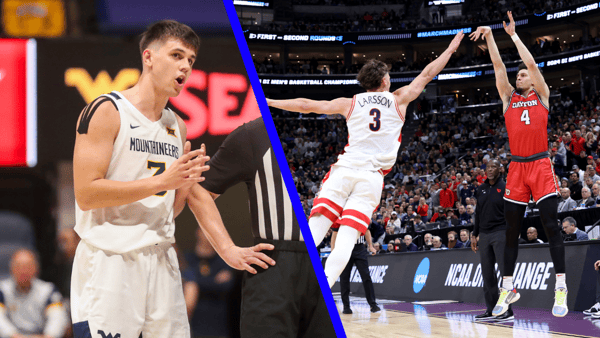
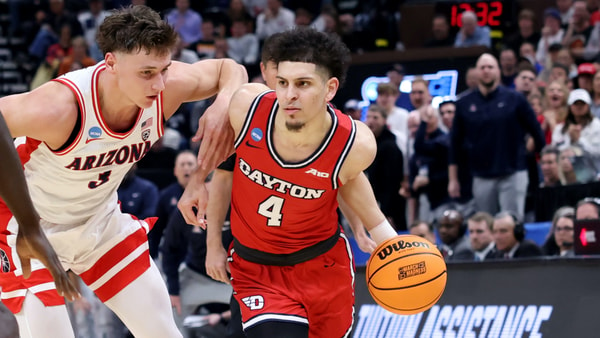
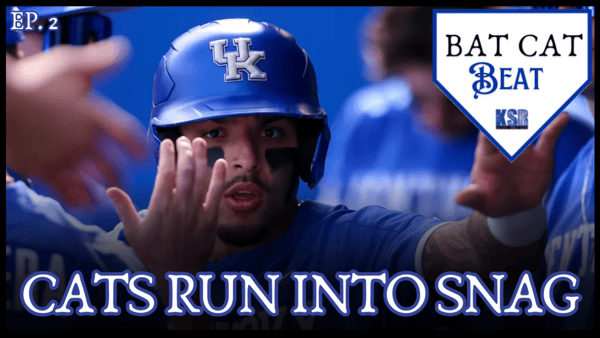
Discuss This Article
Comments have moved.
Join the conversation and talk about this article and all things Kentucky Sports in the new KSR Message Board.
KSBoard